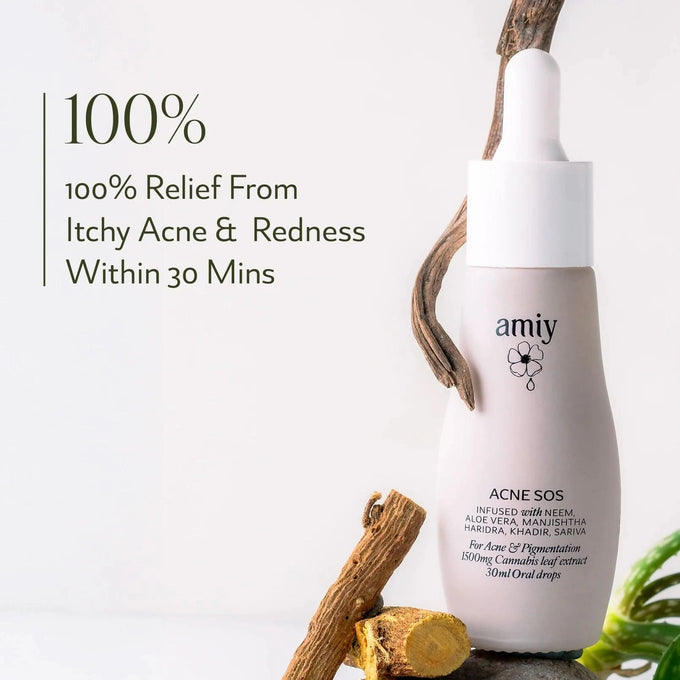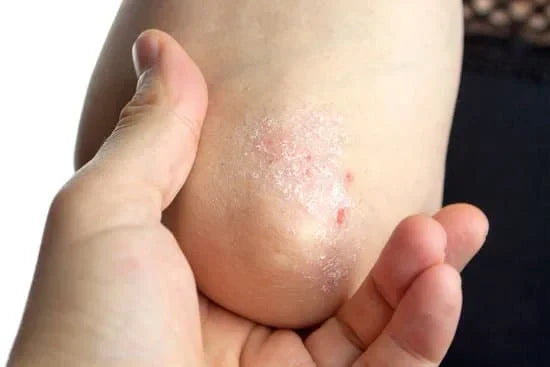




What are you looking for?
For Muscle & Joint Pain. Bio-neuromodulation Paincare Dual-action advanced oral drops
For Acne free face. Bio-neuromodulation Paincare Dual-action advanced oral drops
For Anxiety, Fear or Panic. Bio-neuromodulation Paincare Dual-action advanced oral drops
For Bloating, Indigestion, Stomach Pain. Bio-neuromodulation Paincare. Dual-action advanced oral drops

Ayurvedic medicine for psoriasis may calm flares, reduce itch, and support skin healing. Learn herbs, routines, diet tips, and safe ways to use them.
Psoriasis can feel stubborn—red, scaly patches that flare without warning. Ayurvedic medicine for psoriasis aims to cool inflammation, balance doshas, and support steady skin repair. In this guide, you’ll learn how herbs, oils, routines, and diet work together. We’ll keep it simple and safe, so you can discuss options with your doctor and choose what fits your life.
In Ayurveda, long-standing, scaly, itchy skin points to a dosha imbalance, mainly Pitta (heat/inflammation) with Vata (dryness/roughness). When digestion is weak, toxins (ama) may build up and show on the skin. The goal is balance—cool the system, improve gut fire (agni), and nourish the skin from within.
Ayurvedic medicine for psoriasis isn’t one pill. It’s a plan. Herbs may reduce redness and itching, oils calm plaques, and a steady routine lowers flare triggers. Always start low, go slow, and get guidance if you take other medicines.

Tip: Use single-herb powders or capsules only if you know your dosha pattern. Blends are often easier to tolerate.

Think “cooling, simple, consistent.”
Most kitchen-level herbs are gentle, but “strong” herbs and detox steps need supervision. If you’re pregnant, nursing, or on long-term medicines (for diabetes, BP, mood, or immunity), talk to your clinician first. Patch-test any oil/gel before wide use.
Cooling diet, turmeric with warm milk, aloe gel for itch, light oil at night.
Add neem–manjistha blend (low dose); daily breathwork 10 minutes.
Introduce triphala at bedtime (as tolerated); keep routines steady.
Review response; adjust dose; continue gentle sun and moisturising.
Consistency matters more than “strong” herbs.
Amiy’s approach focuses on two ideas:
Explore our Skin care collection for supportive, doctor-formulated options that fit into your routine.
Think “add-on,” not “either/or.” Many people use ayurvedic medicine for psoriasis alongside dermatology care. Your clinician can help you build a safe, combined plan.
There’s no single “best.” Many use neem, turmeric, manjistha, aloe, and guduchi together. A personalised blend plus routine usually works better than one herb.
Minor relief (itch/scale) may appear in 2–4 weeks with steady use and diet changes. Deeper changes usually need several weeks of consistency.
Don’t stop on your own. Discuss a combined plan. Many people layer ayurvedic care alongside modern treatment.
No. It’s considered only for select, stubborn cases and always under supervision. Start with diet, routine, and simple herbs first.
Coconut or sesame oil with a pinch of turmeric/manjistha is common. Apply a thin film on damp skin; patch-test first.
Cooling, simple meals—greens, gourds, coriander, turmeric, ghee; limit alcohol, very spicy/sour foods, and ultra-processed snacks.
If you want gentle, ready-to-use support, explore our Skin care collection (verify). For stress-linked flares or sleep loss, Tranquil Tonic (verify) may help you unwind at night. If digestion feels heavy or irregular, Gut Reset may support gut–skin balance.
For inflamed, acne-prone areas that often co-exist with psoriasis, Acne SOS offers clear-skin support. All Amiy formulas are doctor-formulated and built on Bio-Neuromodulation™ and Complex Plant Elixir™ principles.